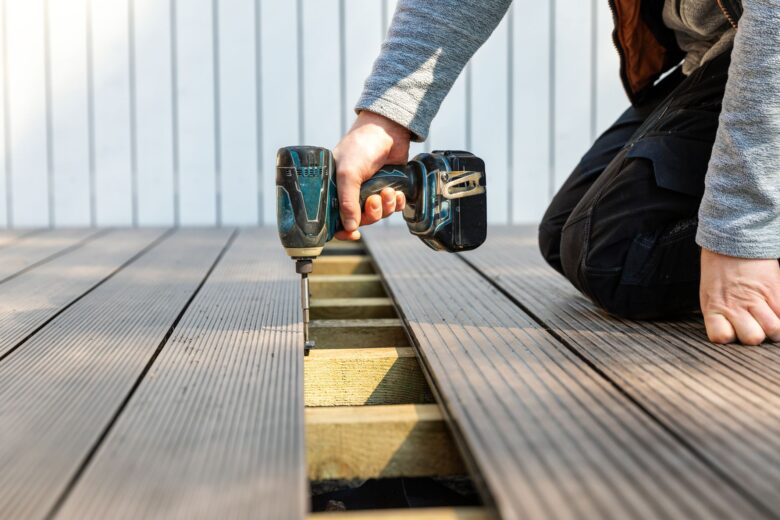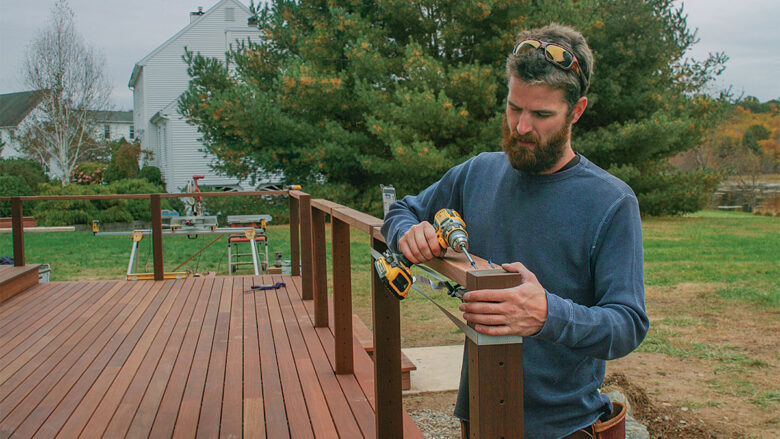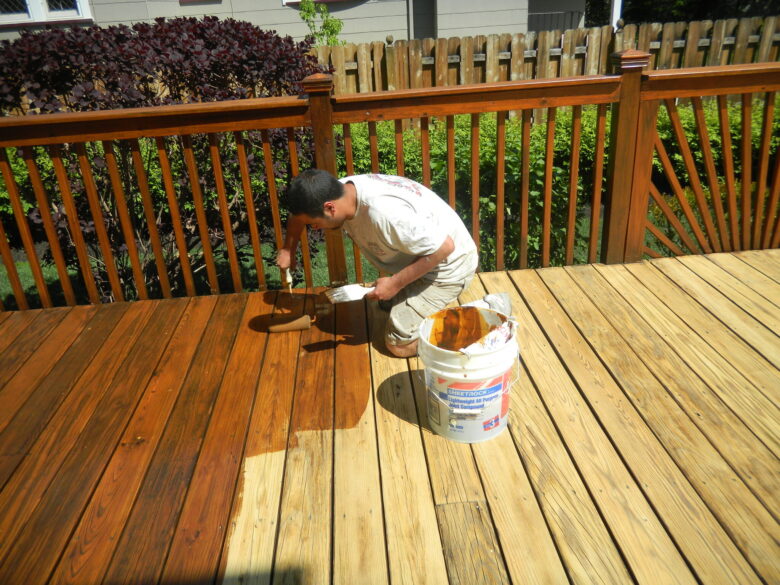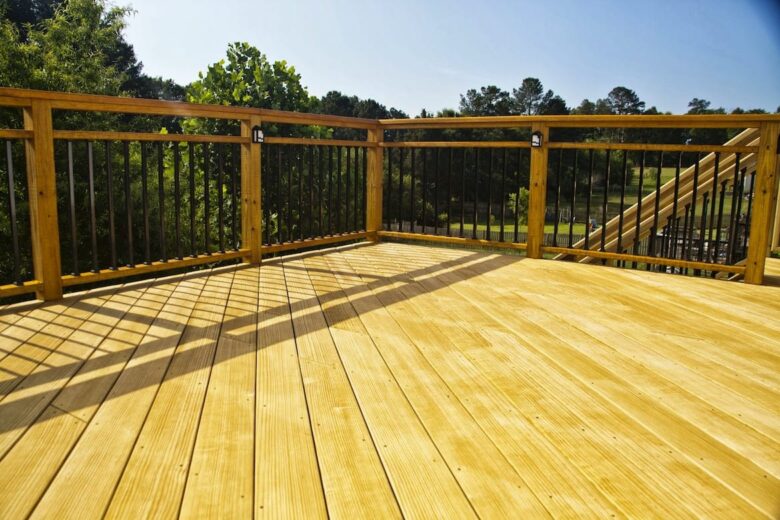Building a deck is more than just an addition to your home; it’s an outdoor sanctuary for relaxation and entertainment. The key to a long-lasting deck lies in its frame—the skeleton on which everything else rests. This comprehensive guide will walk you through the steps to build a deck frame that is both sturdy and durable, ensuring your outdoor space can be enjoyed for years to come.
Understanding Deck Frame Basics: A Foundation for Success

The patio frame is the foundation of your outdoor living space, providing structural support to the decking material above. It consists of posts, beams, joists, and sometimes additional components like ledger boards and stair stringers. Understanding these elements and their roles is crucial for a successful build. The frame must be designed to withstand loads, resist decay, and provide a level surface for the decking. Starting with a solid plan and a clear understanding of the basics ensures a smoother construction process and a more durable end product.
Choosing the Right Materials for Your Deck Frame
Selecting the right materials is critical for the longevity of your platform frame. Pressure-treated lumber is a popular choice due to its resistance to rot and pests, but there are other options like cedar, redwood, and composite materials. Each has its advantages and considerations in terms of cost, durability, and maintenance requirements. When choosing materials, consider your local climate and the level of exposure to the elements. Opting for quality materials that can withstand your environment will save you time and money in the long run.
Planning and Designing Your Deck Frame Layout
Before breaking ground, planning and designing your deck frame layout is essential. This step involves determining the size, shape, and location of your patio, as well as the spacing of posts and joists. Proper planning ensures that your platform will meet your needs while also adhering to local building codes. Utilize design software or consult with a professional to optimize your layout for both aesthetics and functionality. Remember to consider future additions or changes to your outdoor space during this phase. For bets plans and solutions you need to check out https://decksforlife.ca/.
Essential Tools for Building a Sturdy Deck Frame

Having the right tools on hand is crucial for building a sturdy deck frame. Essential tools include a circular saw, drill, hammer, level, tape measure, and carpenter’s square. Specialty tools like a post hole digger and a power auger can also make the job easier. Investing in quality tools and familiarizing yourself with their use will not only improve the efficiency of your build but also the overall quality of your patio frame.
Measuring and Marking: Precision in Deck Frame Construction
Precision is key in deck frame construction. Accurate measuring and marking ensure that your frame is square, level, and properly aligned. Use a tape measure and carpenter’s square to mark the locations of posts, beams, and joists. Double-check your measurements before cutting or installing any components. Small inaccuracies can lead to bigger problems later on, so take your time during this critical step.
Proper Deck Frame Installation Techniques
Proper installation techniques are essential for a sturdy deck frame. Begin by setting posts in concrete to ensure a stable foundation. Attach beams to the posts using metal connectors designed for structural support. When installing joists, use joist hangers for added strength. Ensure all fasteners are appropriate for outdoor use and resistant to corrosion. Following best practices for installation not only contributes to the durability of your platform but also to its safety.
Ensuring Level and Square: Key Steps for Stability

Ensuring your deck frame is level and square is crucial for stability and aesthetics. Use a level to check the beams and joists during installation. Adjust as necessary to correct any discrepancies. To ensure the frame is square, measure diagonally between opposite corners; the measurements should be equal. Taking the time to get this right affects everything that follows, from the laying of the decking to the installation of railings.
Reinforcing Your Deck Frame for Longevity
Reinforcing your deck frame can significantly extend its lifespan. Consider adding blocking between joists to prevent twisting and increase rigidity. For larger patios, installing diagonal bracing under the deck can help distribute weight and reduce sway. Regularly inspect the frame for signs of wear or damage and address issues promptly to maintain structural integrity. Reinforcement not only adds years to your deck’s life but also enhances safety for all who enjoy it.
Waterproofing Strategies to Protect Your Deck Frame
Water is the enemy of wood, even when it’s pressure-treated. Implementing waterproofing strategies can protect your deck frame from moisture damage. Apply a waterproof sealant to all wooden components before installation. Ensure proper drainage around your patio to prevent water from pooling. Consider using flashing tape at the ledger board to prevent water from seeping behind the frame and causing rot. Regular maintenance, including resealing the wood, will keep moisture at bay and protect your investment.
Deck Frame Inspection and Maintenance Tips

Regular inspection and maintenance are key to the longevity of your deck frame. At least once a year, check for loose fasteners, signs of rot, or other damage. Tighten or replace fasteners as needed, and treat any signs of decay promptly to prevent further deterioration. Clean your deck regularly to remove debris and moisture that can lead to mold and mildew growth. By staying vigilant and addressing issues early, you can enjoy your patio for many years to come.
Troubleshooting Common Deck Frame Issues
Even with the best planning and maintenance, issues can arise. Common deck frame problems include sagging, warping, and loose connections. Sagging may indicate insufficient support or overloaded beams. Warping can result from moisture exposure or improper installation. Loose connections often occur due to weather-related expansion and contraction. Identifying the root cause is essential for effective troubleshooting. In some cases, professional help may be necessary to ensure the safety and stability of your patio.
Enhancing Safety and Compliance in Deck Frame Construction
Safety and compliance should be at the forefront of any deck construction project. Familiarize yourself with local building codes and obtain any necessary permits before beginning work. Ensure that all materials and construction methods meet or exceed these standards. Pay special attention to railings, stairs, and guardrails, as these elements are critical for preventing accidents. By prioritizing safety and compliance, you can create a platform that is not only beautiful and functional but also secure for everyone to enjoy.






